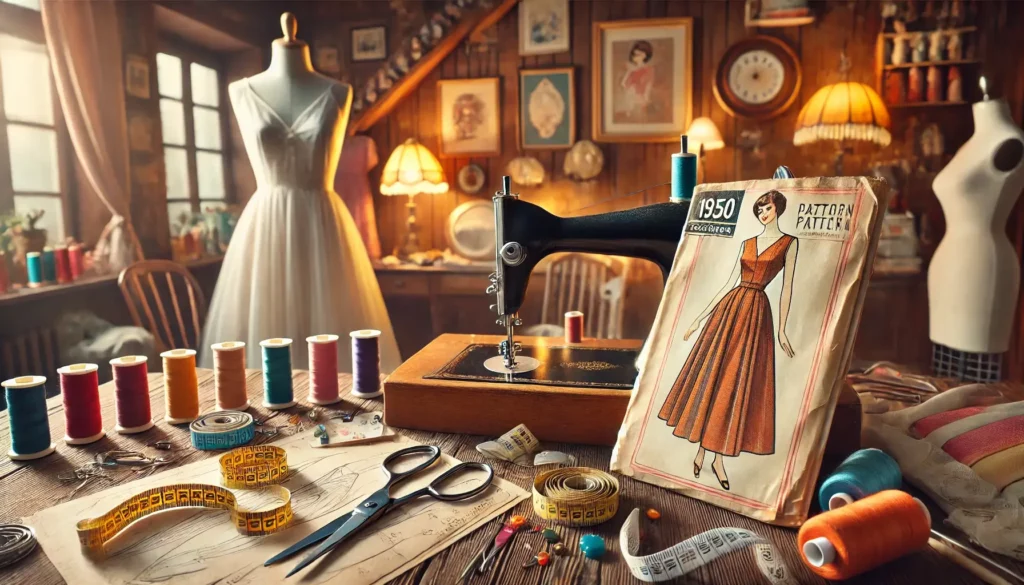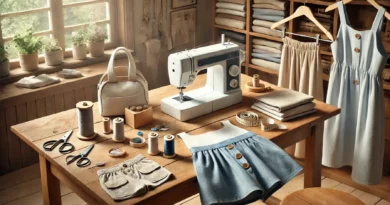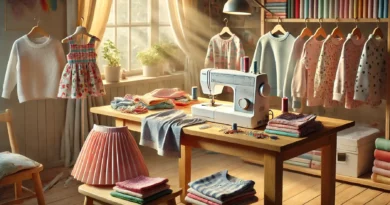How to find beautiful vintage patterns
Do you love vintage fashion? Would you like to sew beautiful dresses inspired by the 50s or 60s? It’s easy to find old patterns to take you back in time!
Here are our top tips for getting your hands on some and adding a touch of originality to your wardrobe.
Where can I find vintage patterns?
Finding vintage patterns isn’t as difficult as you might think. The first option is to look in stores that usually sell second-hand items. Take a look at your local Ressourcerie or Emmaüs boutique. You’ll be able to find fabrics and haberdashery (buttons, zippers…). Old patterns are sometimes sold at flea markets, either singly or in sets. Look for back issues of magazines like Modes et Travaux, especially if you’re looking for patterns from the 80s or 90s.
You can also look in your grandmother’s cupboards, where she may have kept patterns and sewing magazines that may contain interesting ideas.
An easier and safer alternative is to buy them on the Internet. Many sellers get rid of vintage patterns on Etsy, Vinted or eBay. Depending on the rarity of the pattern, they can sometimes sell them for quite a lot, so don’t hesitate to compare to find the best deal. And don’t have a fixed idea of which model you want. You need to “jump at the chance”, and not look for a specific pattern.
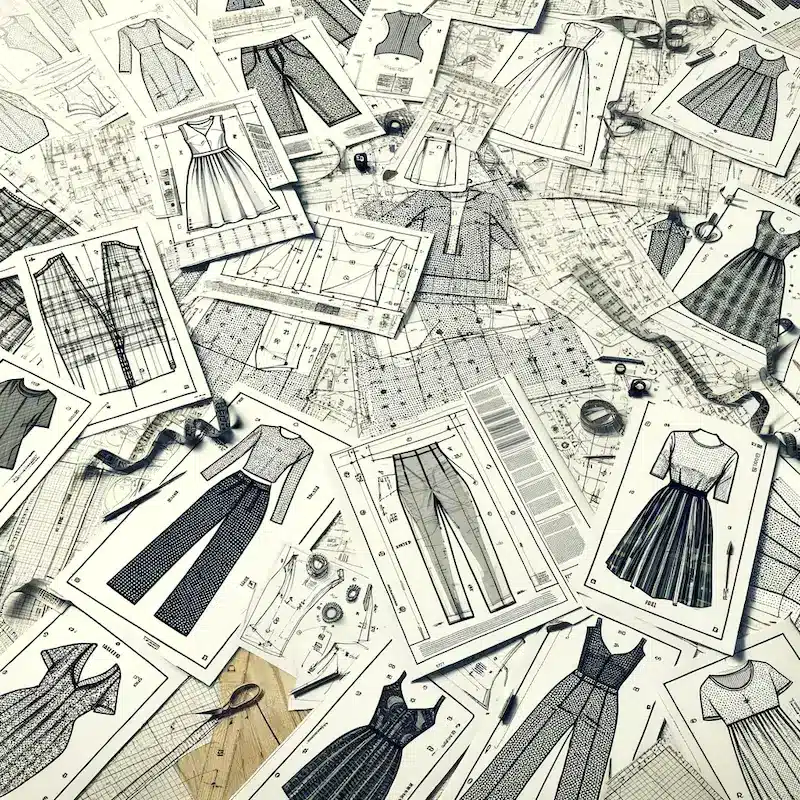
What should I look out for when buying a vintage pattern?
The most important point is to pay attention to the size of the garment. While modern patterns often contain a wide range of sizes, patterns from the 50s, 60s or 70s often contain a handful of sizes, or even just one. So make sure your measurements are included in the pouch you’re about to buy.
To do this, measure yourself carefully. In general, when you sew a piece yourself, you should never cut your usual size (the one you buy in a ready-to-wear store). It’s best to take all your measurements and compare them with the size chart on the back of the pouch. There is often a difference of one to three sizes, which is perfectly normal!
And sometimes vintage patterns are even sized differently. For example, in the 50s, women used to wear girdles, which changed their measurements. So it’s vital to take the time to compare sizes to avoid disappointment once the model has been sewn.
When you buy vintage patterns, sometimes the board is already cut to a certain size. If you buy it at a flea market, you can check.
On the other hand, if you buy online, check whether this is specified in the description.
If the size is smaller, you can enlarge it yourself, but only if you already have a good level of sewing skills.
Also, many patterns for sale online are in English, so check the language of the explanations before you buy.
If you’ve sewn clothes before, and you’re a bit used to pattern construction, you can easily follow patterns in English with the help of drawings and a glossary like Ma Polloche’s, which should help you avoid getting lost in the explanations. Knowing that they tended to be more expeditious than they are today.
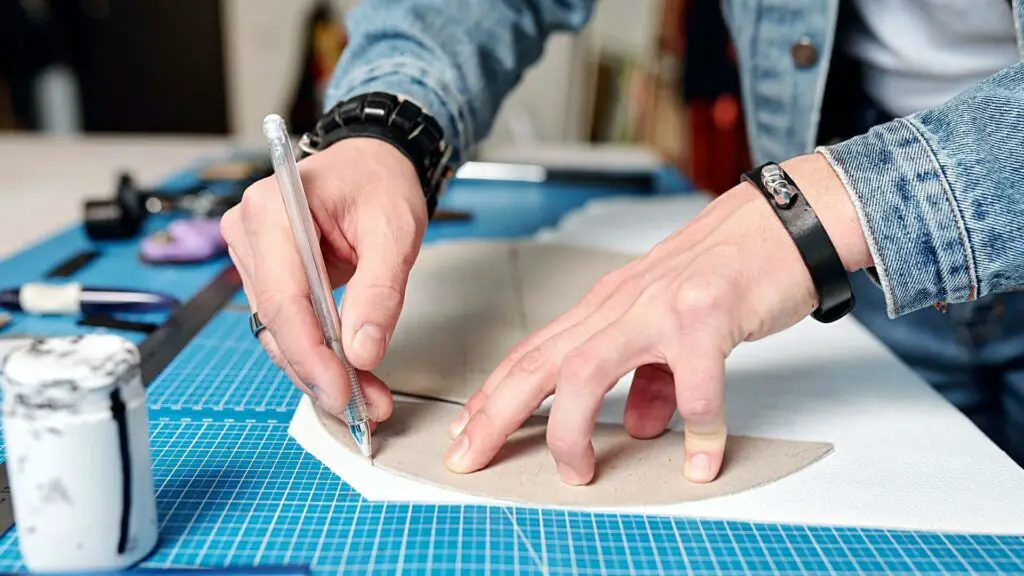
What brands are easy to find?
The big brands are the easiest to find, especially online. So you’ll see plenty of McCalls, Butterick, Vogue, Simplicity, Burda or New Look patterns on Etsy or Le Bon Coin.
Many of these brands have also reissued some of their catalog patterns in recent years. They are therefore much easier to find than the originals. McCall’s, for example, has reissued a number of patterns from the 50s, available in sizes 46 to 54. Just search for “McCalls vintage” on online sales sites to find them. They are sold at the price of classic patterns. But here again, be careful with sizes. Measure well before cutting or transferring your pattern!
What about you? Are you in the habit of hunting for patterns? What are your tips for finding beautiful, original patterns?

